In modern automobiles, maintaining a comfortable interior temperature is essential, especially during colder months. Two critical components that ensure efficient cabin heating are the heater coolant control valve and the automobile heating control valve. These valves play a significant role in regulating the temperature inside the vehicle by controlling the flow of coolant to the heating system.
How Do Heater Coolant Control Valves Affect Heating Performance?
The proper functioning of the heater coolant control valve is crucial for effective heating inside your car. If the valve malfunctions or becomes clogged, it can prevent the necessary amount of coolant from reaching the heater core. This results in poor cabin heating, causing discomfort for the passengers. Additionally, inconsistent heating can lead to fogging on the windows, impacting visibility and overall safety.
Here’s a breakdown of how a faulty heater coolant control valve can affect your car’s heating system:
Inconsistent Heating: When the valve is not regulating coolant properly, the heating output may fluctuate, causing some parts of the car to be warmer than others.
Slow Response Time: If the valve fails to open or close properly, it can delay the heating system’s response, making it harder to achieve your desired temperature quickly.
Reduced Efficiency: A clogged or malfunctioning valve can limit coolant flow, causing the system to work harder to achieve the desired temperature, which can negatively impact fuel efficiency.
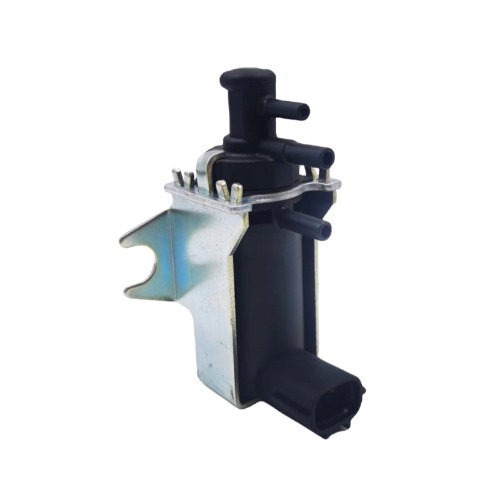
Common Issues with Automobile Heating Control Valves
While the automobile heating control valve is designed to last for a long time, it is not immune to wear and tear. Over time, the valve may encounter issues that prevent it from functioning optimally. Some common problems include:
Leaks: A leak in the valve can lead to a loss of coolant, which in turn reduces the heating system’s efficiency.
Clogging: Sediment or rust buildup can block the valve, restricting coolant flow and impairing the heating system.
Sticking Mechanism: If the valve gets stuck in an open or closed position, it will affect the system’s ability to regulate temperature properly.
How to Maintain Your Heater Coolant and Heating Control Valves
To keep your Heater Coolant Control Valve and Automobile Heating Control Valve in top condition, regular maintenance is essential. Here are some practical tips:
Check Coolant Levels Regularly: Low coolant levels can cause the valve to malfunction. Always ensure your vehicle has sufficient coolant to avoid overworking the valve.
Inspect for Leaks: Periodically check for signs of leaks around the valves, especially in areas where hoses are connected.
Replace Damaged Valves: If you notice any signs of damage, such as corrosion, sticking, or leaks, it’s crucial to replace the valve as soon as possible to avoid further complications.
When Should You Replace Your Heater Coolant Control Valve?
Knowing when to replace your Heater Coolant Control Valve can save you a lot of time and money in the long run. If you notice any of the following signs, it may be time to replace the valve:
Your car’s heating system takes longer than usual to warm up.
You notice inconsistent temperatures in different parts of the cabin.
There is visible coolant leakage near the valve.
Understanding how these valves work and knowing the signs of potential issues can help you maintain a reliable and efficient heating system in your vehicle. Regular inspections, maintenance, and prompt replacements of damaged components are key to keeping your car’s heating system running smoothly throughout the year.

 English
English русский
русский Español
Español

 View More >>
View More >>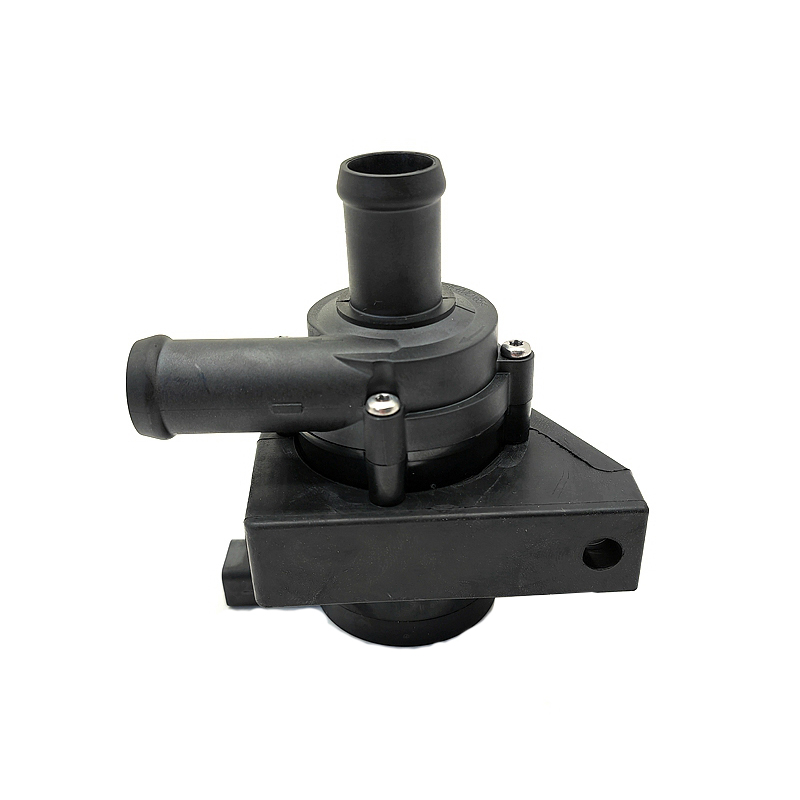 View More >>
View More >>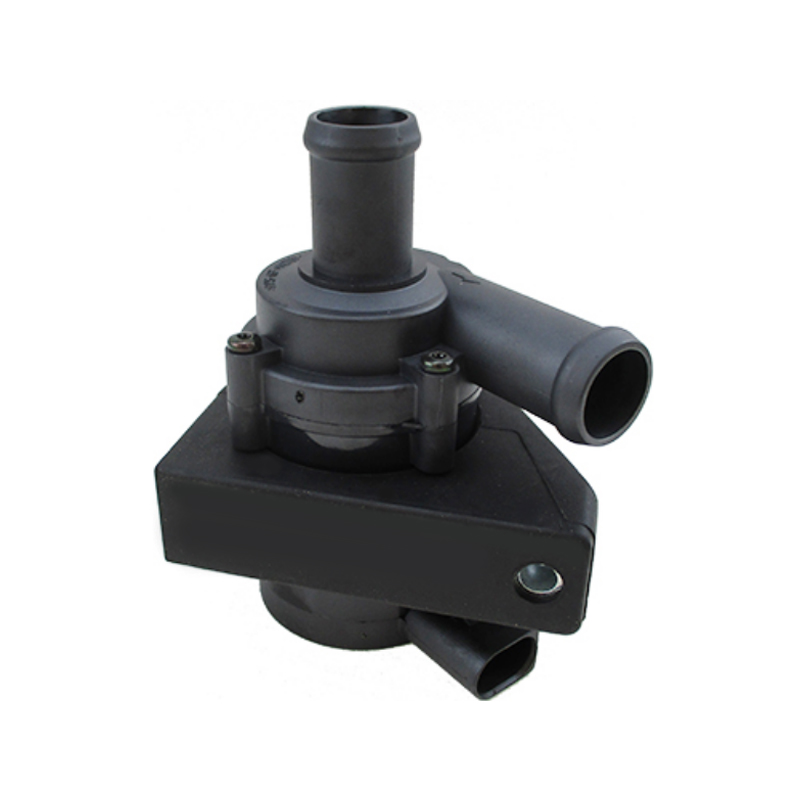 View More >>
View More >>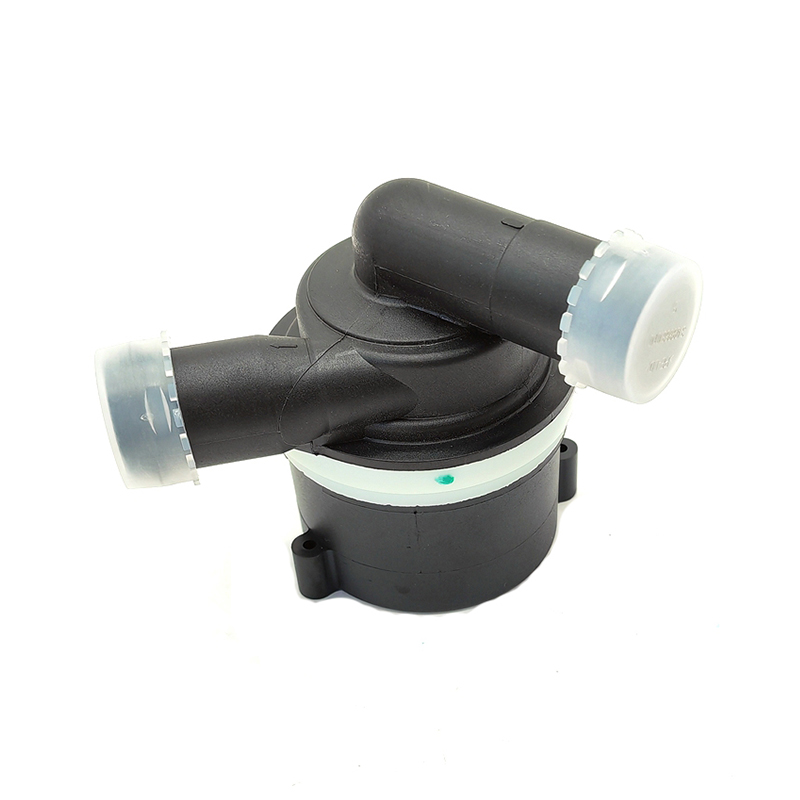 View More >>
View More >>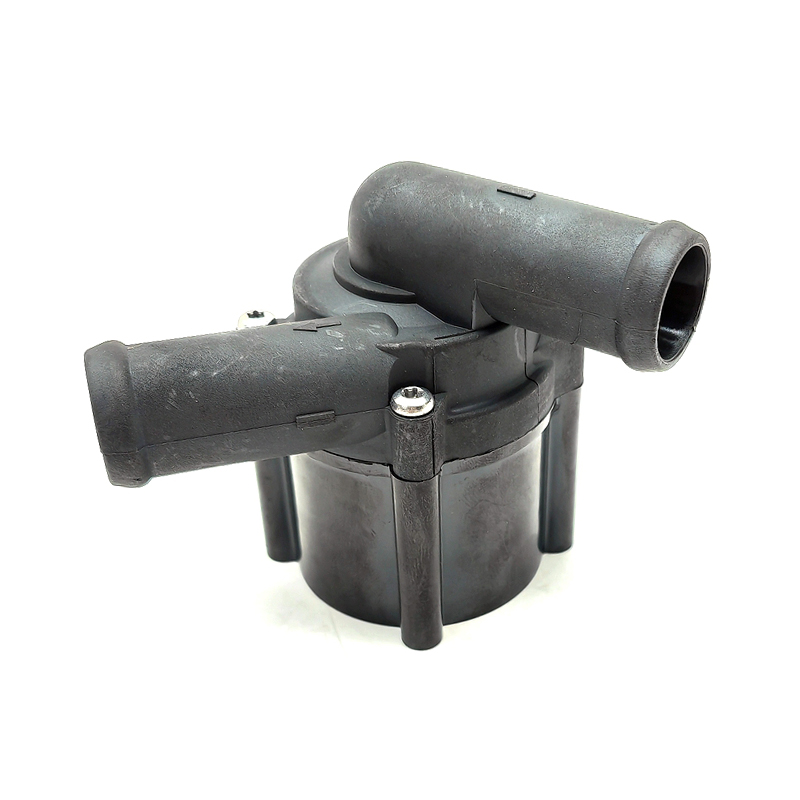 View More >>
View More >>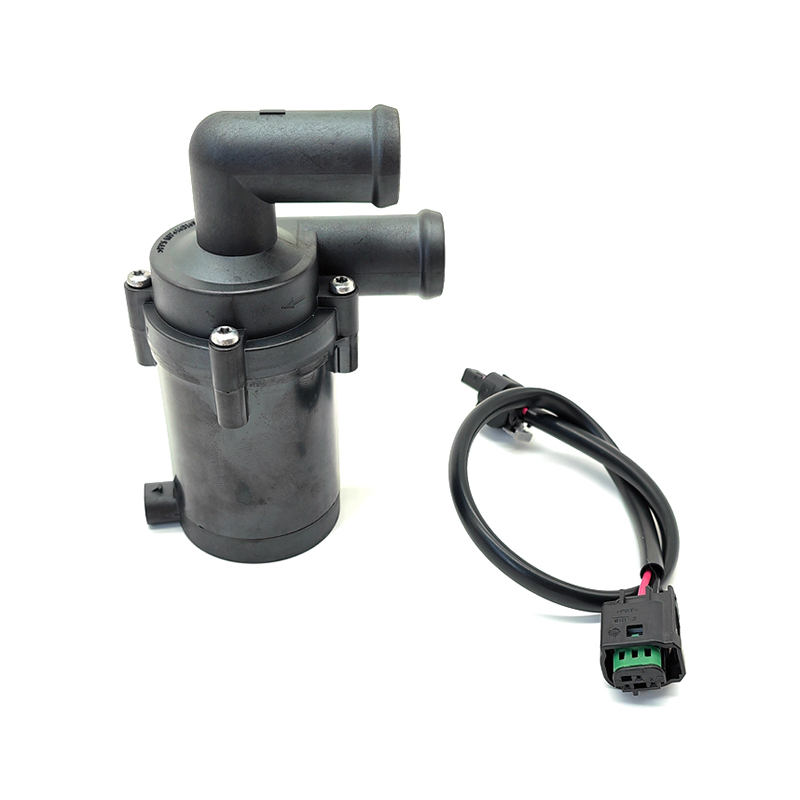 View More >>
View More >>